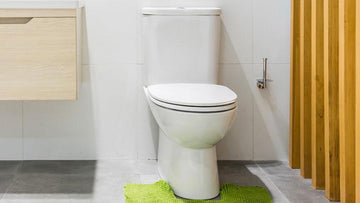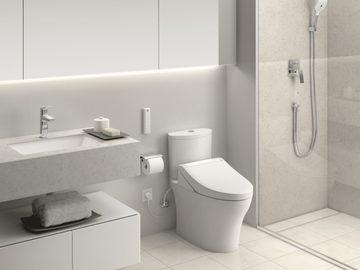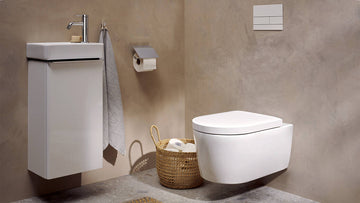In an era where sustainability is not just a trend but a necessity, the question 'Can water-saving toilets reduce water bills' garners significant attention. For the Industry QA arena, where efficiency and cost-effectiveness are paramount, the integration of water-saving toilets presents a crucial inquiry. This article delves into the potential of these innovative fixtures to transform water usage and bring about a substantial decrease in water expenses.
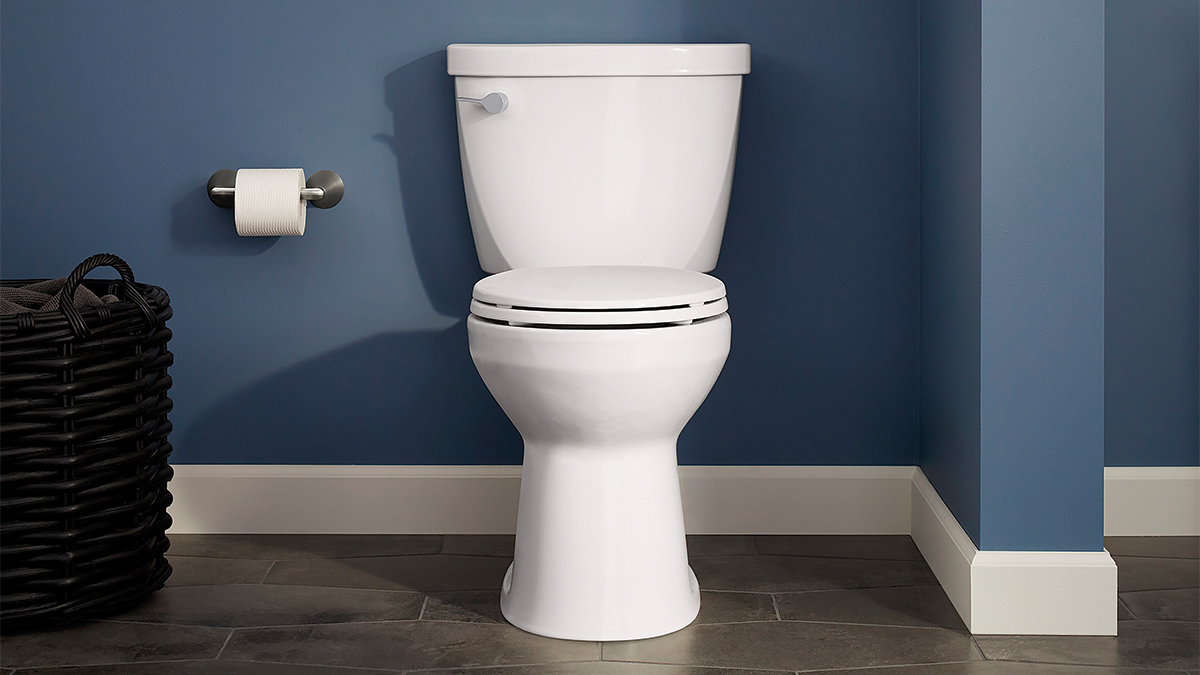
The Mechanics of Water-Saving Toilets
Before exploring the economic benefits, it's essential to understand how water-saving toilets function. Traditionally, toilets have been notorious for their high water consumption. However, the advent of low-flow and dual-flush toilets offers a promising alternative. According to American Home Shield, these toilets use significantly less water per flush compared to conventional models, without compromising on performance.
Types of Water-Saving Toilets
1. Low-Flow Toilets: These models use around 1.6 gallons per flush (GPF) compared to the traditional 3.5 to 7 GPF. The HowStuffWorks article outlines that these toilets maintain effective waste removal while conserving water.
2. Dual-Flush Toilets: Offering two flush options, these toilets allow users to choose between a full or half flush, optimizing water usage based on the need. For more insights, check out this detailed guide on dual-flush toilets.
Financial Impact: Reducing Water Bills
The primary allure of water-saving toilets lies in their potential to slash water bills. But how substantial are these savings? Studies indicate that households can save up to 20-60% on water bills by transitioning to these efficient models. This reduction is not only beneficial for individuals but also for businesses and industries striving for cost efficiency.
Case Studies and Real-World Applications
Several companies and residential complexes have reported remarkable savings post-installation of water-saving toilets. For instance, a study by This Old House highlights a significant decline in water usage, leading to lowered utility bills and a positive environmental impact.
Moreover, by installing a water-saving toilet, homeowners can expect a return on investment within a few years, thanks to the continuous reduction in water expenses.
Environmental Benefits: Beyond Cost Savings
While the financial savings are compelling, the environmental advantages of water-saving toilets cannot be overlooked. Reducing water usage helps conserve vital resources and decreases the demand on water treatment facilities, which in turn reduces energy consumption and greenhouse gas emissions.
According to Ressler & Mateer, the widespread adoption of these toilets could lead to significant environmental benefits, contributing to sustainability goals and reducing the carbon footprint of both residential and commercial buildings.
Innovation and Future Prospects
The future of water-saving toilets looks promising with continuous innovations aimed at enhancing efficiency and performance. New technologies are being developed to further reduce water usage while maintaining or even improving the effectiveness of waste removal. The industry is moving towards smart toilets that can optimize water use through sensors and automated systems.
Conclusion: A Wise Investment for Industry QA
In conclusion, the question 'Can water-saving toilets reduce water bills' is met with a resounding yes. For the Industry QA audience, the adoption of water-saving toilets is not just an environmental consideration but a strategic financial decision. The integration of these fixtures promises significant reductions in water costs, aligning with the industry's objectives of efficiency and sustainability.
As industries seek out ways to enhance their operations, the role of water-saving toilets becomes increasingly vital. Embracing this technology not only contributes to cost savings but also represents a commitment to environmental responsibility.
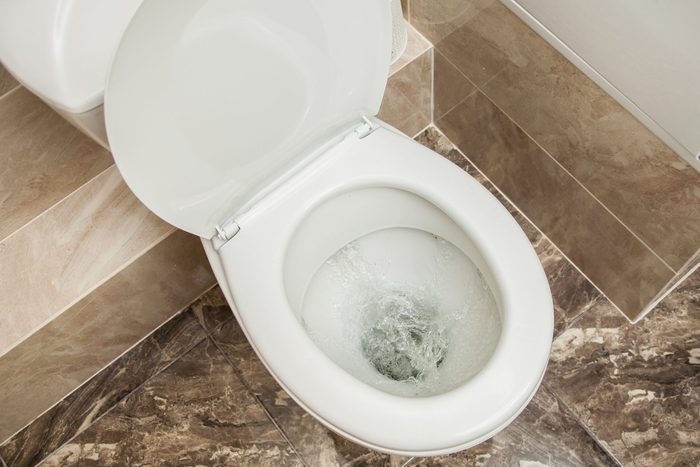
FAQ
1. How much water can I save with a water-saving toilet?
Water-saving toilets can reduce water usage by 20-60%, depending on the model and usage patterns. This translates to significant savings on your water bill.
2. Are there any drawbacks to using water-saving toilets?
While generally effective, some users report that low-flow models may require occasional double flushing. However, advancements in technology continue to address these issues.
3. How do I choose the right water-saving toilet for my needs?
Consider factors such as flush efficiency, water usage, and design when selecting a water-saving toilet. It's advisable to consult with professionals or refer to resources like this guide for informed decision-making.

